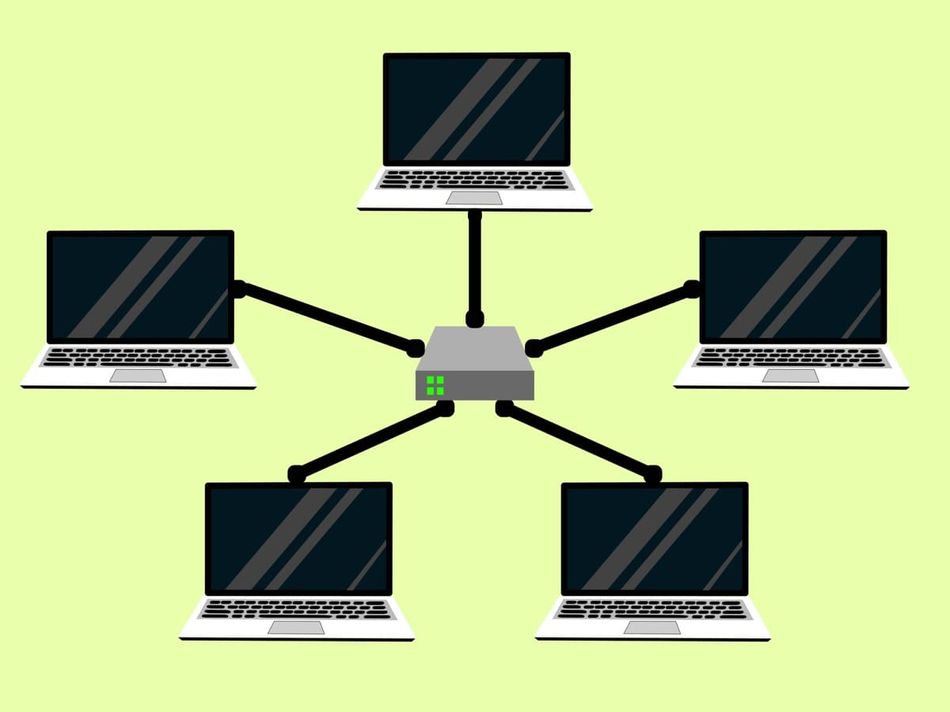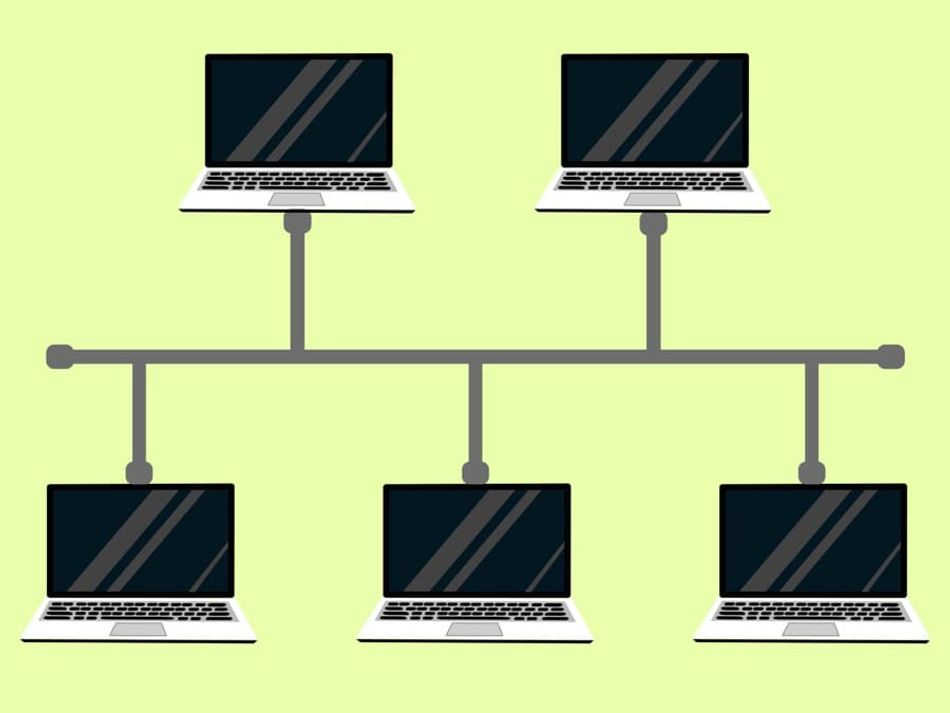Table of contents
In the realm of computer networking, understanding different topologies is crucial for designing and managing efficient networks. Topology refers to the layout or structure of a network, determining how devices are interconnected. Each topology has its own set of advantages and disadvantages, making it essential to choose the right one based on specific requirements. In this guide, we'll explore some common networking topologies, along with examples and insights into their applications.
1. Star Topology
The star topology is one of the most widely used network topologies in modern setups. In this arrangement, all devices are connected to a central hub, which acts as a mediator for data transmission. Each device communicates directly with the hub, and the hub manages the flow of data between devices. Examples of star topology include Ethernet networks using a central switch or wireless networks where all devices connect to a central access point.
Advantages:
Easy to set up and manage.
Failure of one device doesn't affect others.
Scalable, as new devices can be added without disrupting existing connections.
Disadvantages:
Dependency on the central hub; failure of the hub disrupts the entire network.
Increased cabling compared to other topologies.
2. Bus Topology
In a bus topology, all devices are connected to a single backbone cable, forming a linear arrangement. Data transmission occurs over this shared cable, with each device receiving all data packets but only processing those intended for it. Ethernet networks based on coaxial cables often follow a bus topology.
Advantages:
Simple and inexpensive to set up.
Suitable for small networks with limited devices.
Requires less cabling compared to a star topology.
Disadvantages:
Susceptible to cable failures, which can disrupt the entire network.
Performance degrades as more devices are added or cable length increases.
Security concerns as all data is transmitted over the shared cable.
3. Ring Topology

In a ring topology, devices are connected in a circular manner, where each device is connected to two other devices, forming a closed loop. Data travels in one direction around the ring until it reaches its destination. Token Ring networks are classic examples of ring topologies.
Advantages:
Equal access to resources for all devices.
No collisions in data transmission.
Simple to install and troubleshoot.
Disadvantages:
Failure of one device or cable segment can disrupt the entire network.
Limited scalability compared to other topologies.
Adding or removing devices can be complex and may require network downtime.


